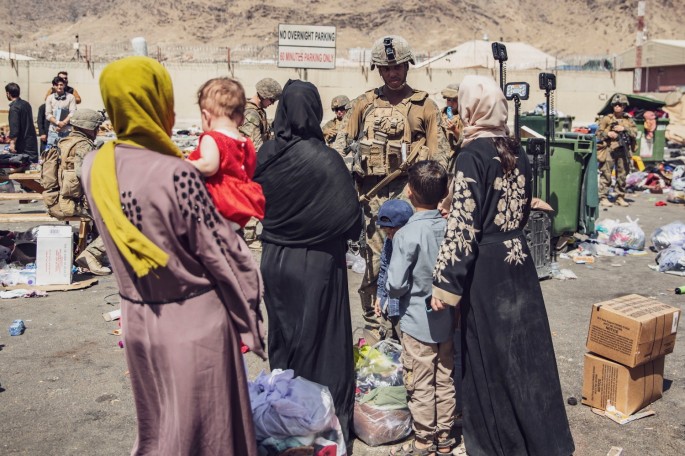The United States may have left behind the majority of Afghans who helped in the 20-year war effort along with their families as U.S. citizens were prioritized in the airlift that came to an end this week, a senior State Department official said on Wednesday.
The departure of the last U.S. military flights out of Kabul on Monday marked the end of an operation that saw more than 123,000 people brought out of Afghanistan in less than two weeks.
President Joe Biden has pledged to keep helping 100 to 200 U.S. citizens left in the country who wanted to leave and a much larger group of at-risk Afghans, including former interpreters for the U.S. military.
Asked how many potential applicants to the Special Immigrant Visa (SIV) program for Afghan allies and their families remained in Kabul, a senior State Department official said they could not provide an estimate.
"But I would say it's the majority of them just based on anecdotal information about the populations we were able to support," the official said. About 2,000 SIV applicants were brought to the United States before the broader airlift began in mid-August.
Initial efforts to prioritize those Afghans for evacuation were marred by security concerns at the airport gates and difficulties in giving them credentials that could not be replicated, the official said.
U.S. officials had a legal obligation to help American citizens who were stuck in Kabul and prioritized their departure, the official said. About 5,500 U.S. citizens were on evacuation flights from Kabul after Aug. 14, according to the State Department.
"Everybody who lived it is haunted by the choices we had to make and by the people we were not able to help depart in this first phase of the operation," the official said.



























